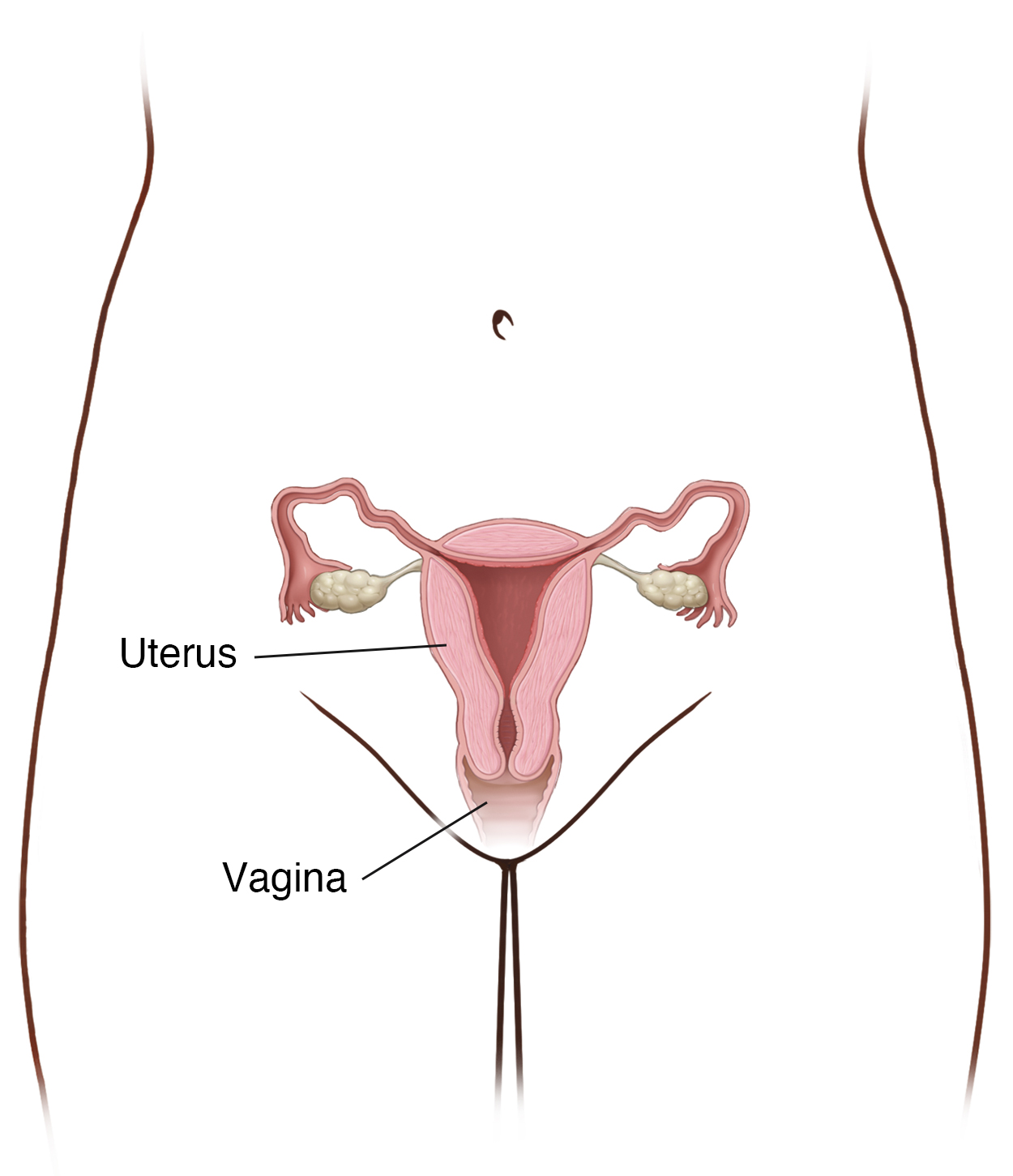The vagina is a canal. It connects the uterus (womb) to the outside of the body. It's home to many types of bacteria and other tiny organisms. These different bacteria most often stay balanced in number. This keeps the vagina healthy. If the balance changes, it can cause infection.
A healthy environment
Many types of bacteria are present in a healthy vagina. When balanced, they don’t cause problems. Small amounts of yeast may also be present without causing problems. The most common type of bacteria in the vagina is lactobacillus. It helps keep the vagina at a low pH. A low pH keeps bad bacteria from causing vaginal and urinary tract infections.
Normal vaginal discharge
The vagina makes fluid. It's sent out as discharge. This also keeps the vagina healthy. Normal discharge can be clear, white, or yellowish. Most women find that normal discharge varies in amount and color through the month.
An unhealthy environment
The vaginal environment may get out of balance. This may result in a vaginal infection. There are a few reasons this can happen:
-
Decreased estrogen levels
-
An increase in the amount of one organism, such as yeast (Candida), when antibiotics are used
-
Increased pH from douching or unprotected vaginal intercourse
-
An outside organism getting into the vagina
Three specific infections are:
-
Bacterial vaginosis (BV). BV is due to an imbalance in the normal bacteria in the vagina. Lactobacillus bacteria decrease. As a result, the numbers of bad bacteria increase.
-
Candidiasis (yeast infection). Yeast is a type of fungus. A yeast infection occurs when yeast cells in the vagina increase. They then attack vaginal tissues. A type of yeast called Candida albicans is often involved.
-
Trichomoniasis (trich). Trich is a parasite. It's passed from one person to another during sex. Men with trich often don’t have any symptoms. In women, it can take weeks or months before symptoms appear.
Featured in


